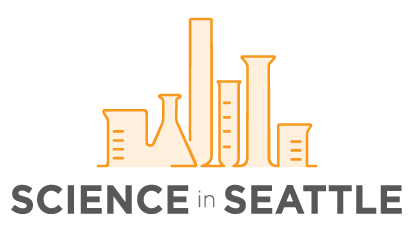Read the Publication
This week we profile a recent publication in the European Respiratory Journal from the laboratory of Dr. Teal Hallstrand (pictured) at the Center for Lung Biology at UW.
Can you provide a brief overview of your lab’s current research focus?
My lab focuses on the immunopathogenesis of asthma, particularly the underlying basis of the variable airflow obstruction that occurs in asthma called airway hyperresponsiveness. We use translational human studies, cell culture models, and selected in vivo mouse models, and are particularly interested in the role of epithelial cell interactions with immune cells and the role of phospholipases.
What is the significance of the findings in this publication?
We used a technique called design-based stereology to precisely locate eosinophils in the airway wall of individuals with and without asthma. Our results show that eosinophils that are located in the airway epithelium are only present in individuals with asthma and the density of eosinophils in this location corresponds with airway hyperresponsiveness in asthma. In contrast, eosinophils in the airway wall in total and in the subepithelial space were associated with type-2 inflammation of the airways, a pattern of inflammation that occurs in many but not all individuals with asthma. Since these results indicate that intraepithelial eosinophils are most closely associated with airway dysfunction in asthma, we further examined the response of eosinophils to IL-33, a cytokine that is generally produced by the epithelium, and found a pathway in which eosinophils can regulate the characteristics of mast cells in the epithelium. We recently demonstrated that a shift in mast cells to the epithelium is implicated in asthma (Altman et al JCI 2019).
What are the next steps for this research?
We are conducting studies that examine the bidirectional interactions between the epithelium, mast cells, and eosinophils acting as a unit to regulate airway inflammation in asthma. This is a fundamental shift in thinking about these cells as mast cells and eosinophils have been considered the end product of inflammation rather than key regulators of inflammation.
If you’d like us to mention your funding sources, please list them.
My research is funded through the NIH, NHLBI, and NIAID.
Read the Publication

